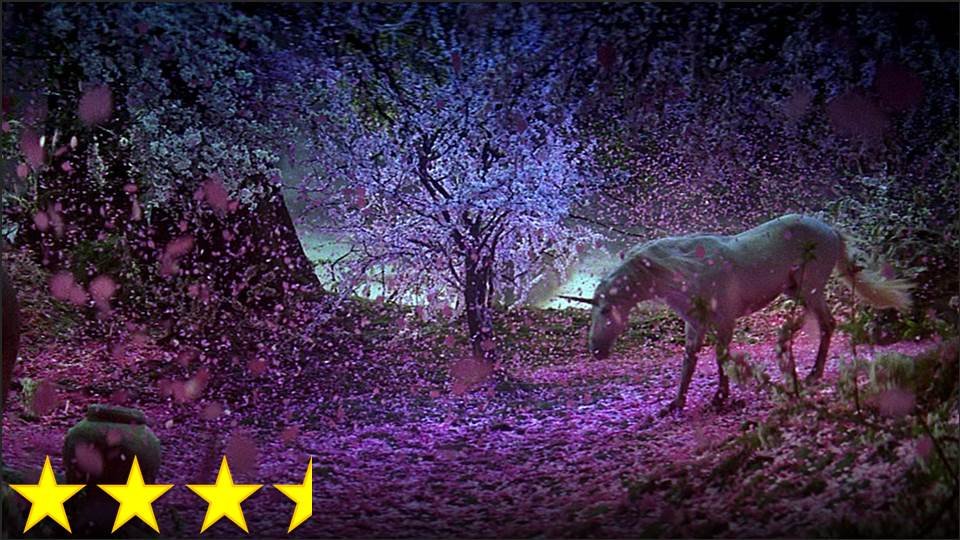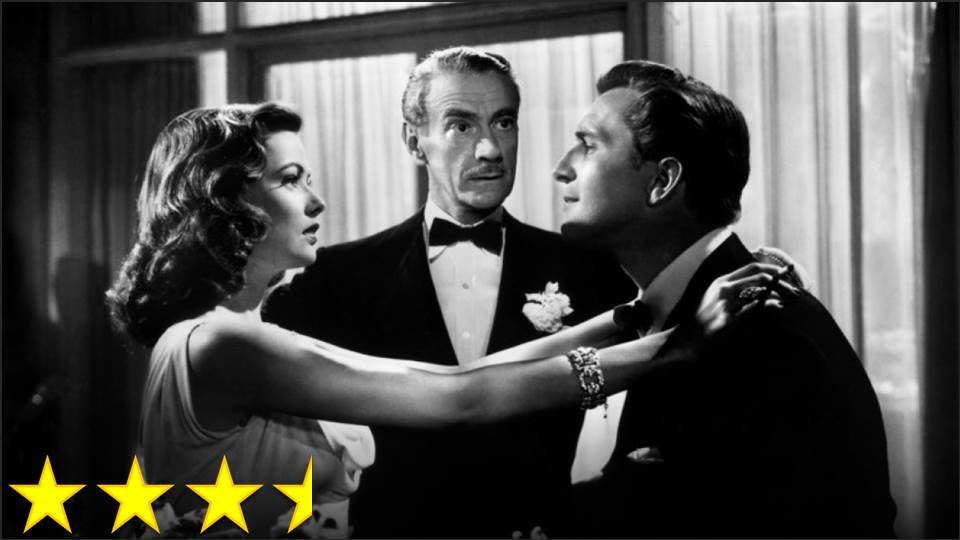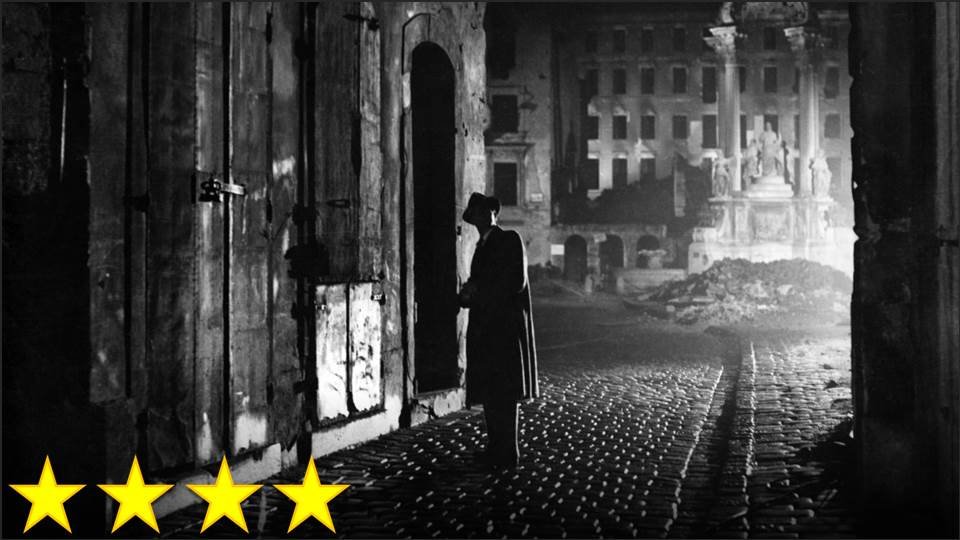I think part of the reason why I watched this movie is that I was really in the mood to take a break from the Disney live-action remakes and return to an original fairy-tale movie. I’m not sure that The Last Unicorn was a good choice though seeing as how it contains so many good and bad elements mixed together, often within the same departments, so I don’t know what to make of it. The story is a very bizarre one – highly problematic and quite confusing – yet it contains clever little ideas and characters that make me jealous I hadn’t thought of them myself. The storytelling through the visuals is particularly unclear at times, yet often the animation perfectly captures exactly the feeling the scene ought to have. The visual style is particularly disjunctive, with character designs and animations that look irritatingly cheap and flat in comparison to Disney’s work, yet the backgrounds are absolutely gorgeous. I’m inclined to say that the soundtrack isn’t very good, yet the film’s theme song is stuck in my head, and I have found I quite enjoy it. The cast may boast some greats like Mia Farrow, but she is oddly overshadowed by the more memorable performances of the bad actors, whose delivery was unlike anything I have ever heard referred to as “acting.”
My problem with this movie is that, every time I think I really like it, the scene that follows always ruins it. Some of the characters seem fun at first, but eventually get annoying. The last half of the movie has one mediocre song after another, painfully drawing out the film (even though the run-time is only about an hour and a half). Because of how much I like looking at the movie, and because of how much I appreciate most of the story, I kept trying to look on the bright side and only see the good in the film, but then something comes up like the tree creature with big breasts and I’m reminded that this is just a Rankin-Bass movie – I can’t expect quality. At the very least I was hoping this would be a good film for little girls to enjoy – a movie that’s wholesome enough to merit its “G” rating – but today it would have to cut some parts or change some lines just to get a “PG” rating, thus alienating the viewers who might as well be its target audience. Consequently, The Last Unicorn strikes me as the kind of movie that’s very good at creating nostalgia for those who grew up with it, but doesn’t hold up for viewers who find it later.
But do you know what this movie really needs? A Disney live-action remake. Seriously. This is the one child-oriented animated film that has enough negative elements to need a re-tooling, and enough positive elements to be made into a great story if it’s put in the right hands. Most of the main issues are honestly really, really easy to fix, and the story itself isn’t that bad – it’s just the storytelling that’s poor. Heck, the story even works well as a criticism of other fairy-tales, and it lends itself easily to feminist interpretations, so it’s the perfect subject for the Disney remake project. Sure, Disney would have to buy the rights from another company, but the result would still be, without a doubt, the best of the live-action Disney remakes to date.





